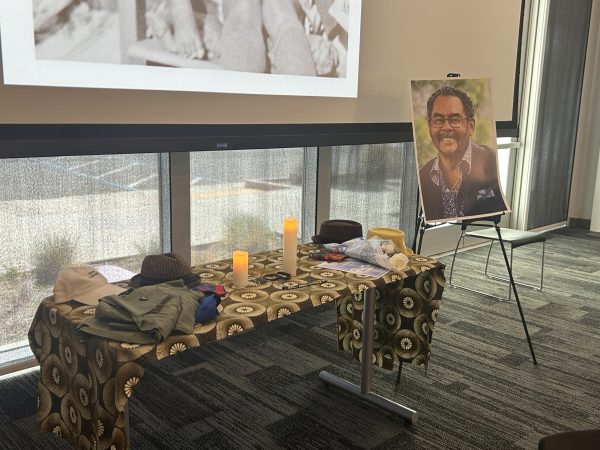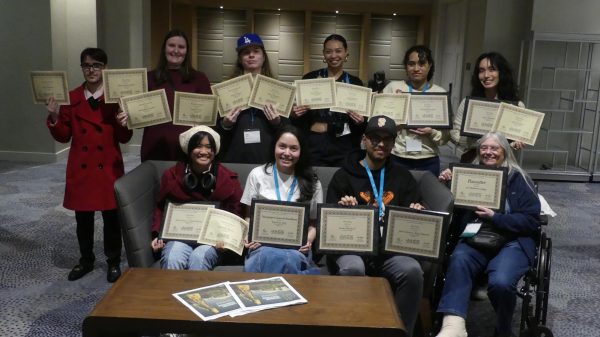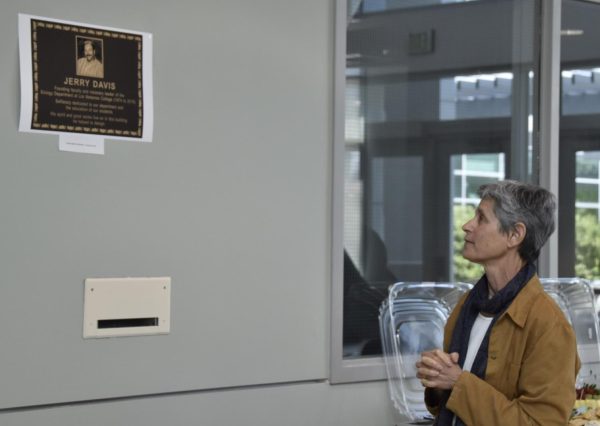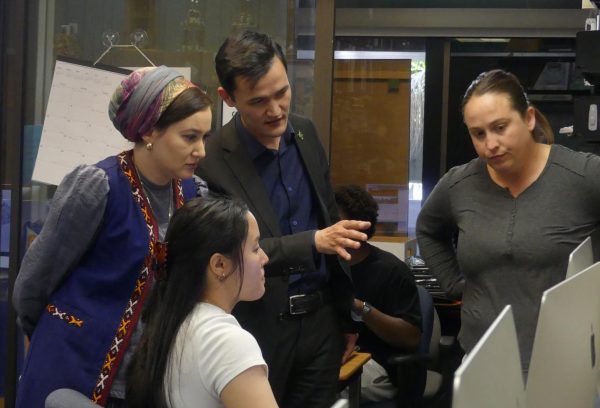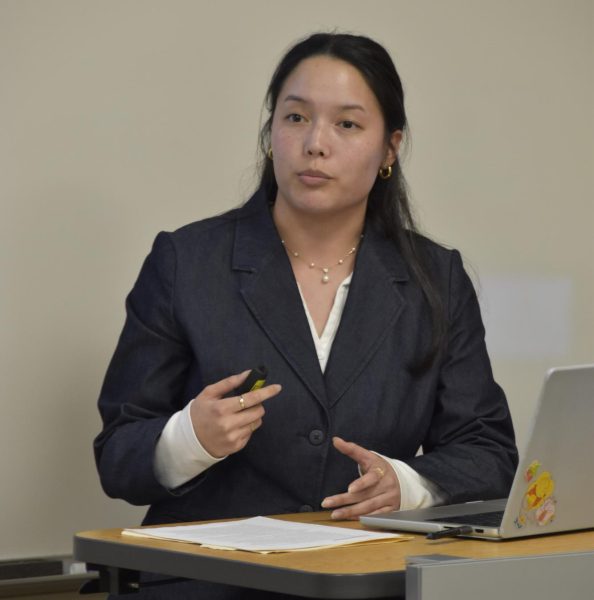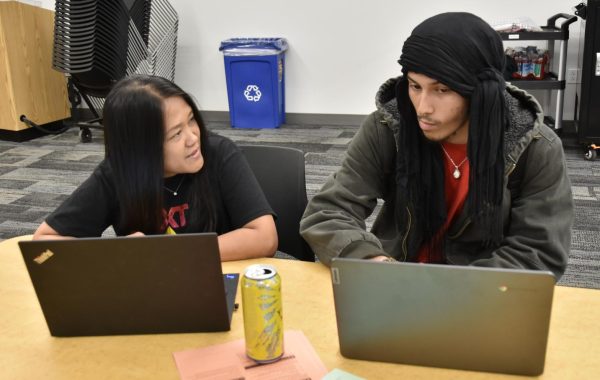Five-year vision
Plans call for a strategy development meeting on October 2 to discuss the direction of the Contra Costa Community College District. The event will be held at Diablo Valley College and will cover many topics, including the highlights of the District’s recent environmental scan, trends in student enrollment, as well as reflecting on several of the best practices from noteworthy colleges. Using this information will help benefit the District going forward with a strategic direction for the next five years.
The recently conducted environmental study on the District covered in detail areas such as demographics, growth in age, the market and success rates for high school graduates, and workforce and household income. The background information from the District environmental review will provide a foundation for a district-wide vision and mission, and help identify directions the District should pursue over the next five years.
“The purpose of this meeting is to have a thoughtful conversation about the strategic direction of the Contra Costa Community College District, with the objective of moving us toward agreement on a shared vision, mission and set of broad goals for our District,” said Senior Dean of Research and Planning Gregory Stoup, in an email to District Employees.
The three community colleges in the Contra Costa Community College District; Contra Costa College, Diablo Valley College, and Los Medanos College, all represent each territory of the District, divided into three regions (West County, Central County, and East County). Each section of the county was broken up based on each other college’s service area.
Each of the three regions of the District had its own unique results.
According to the findings in the environmental scan, Central County (represented by Diablo Valley College) is the largest region, housing more than half of the county’s residents, albeit with slow, modest growth, and also has the deepest age pool. West County (represented by Contra Costa College) is the smallest region with the slowest growth and most diverse in age, while East County (represented by Los Medanos College), is the second-largest region, with the fastest growth in both youths and elderly people, producing a “U-shaped” effect.
Collectively, statistics show that the overall headcount for all three CCCCD schools increases during recessions, and that school attendance decreases during fee increases.
Breaking down the educational demographics, the most educated part of the county is Central County, as over 50% of the population has a Bachelor’s or Graduate Degree. Central County today continues to experience growth with people with Bachelor’s Degrees. East Contra Costa County is currently the least educated section, as less than 20% of the population have a Bachelor’s Degree, although there is strong growth with people who have an Associate’s Degrees or with some college. West County is currently the least educated, 40% of the population has no more than a high school diploma, although three out of every new four residents has a Bachelor’s Degree or higher. Los Medanos College also is experiencing booming high school graduation rates from the feeder high schools in the area, whereas CCC and DVC have only experienced weak to moderate growth from feeder high schools, respectively.
Going hand in hand with a high success rate and high concentration of Bachelor’s Degrees or better, Central Contra Costa County has a strong labor market with low levels of poverty, while East County is experiencing growing poverty with a weak job growth. At 13.6 %, West County has the highest poverty rate in the region, with pockets of lingering unemployment.
Stoup mentions that the plan is to break down the statistics, and use it to formulate a new plan going forward.
“Our ambition is to create a draft five-year district-wide strategic plan by the end of the November that will serve not only as a planning tool for the District, but a framework to support individual college planning,” added Stoup in his email.
The meeting on Oct. 2 is the first of two scheduled meetings. The date for the second meeting has yet to be announced, but it will be a follow-up to the first meeting and will expand on the discussion from this first meeting.

